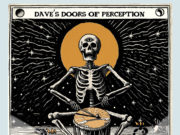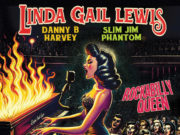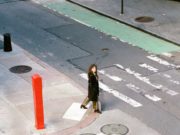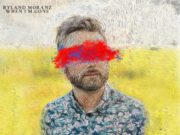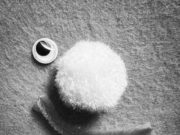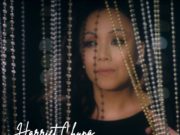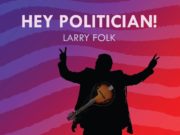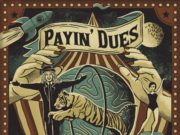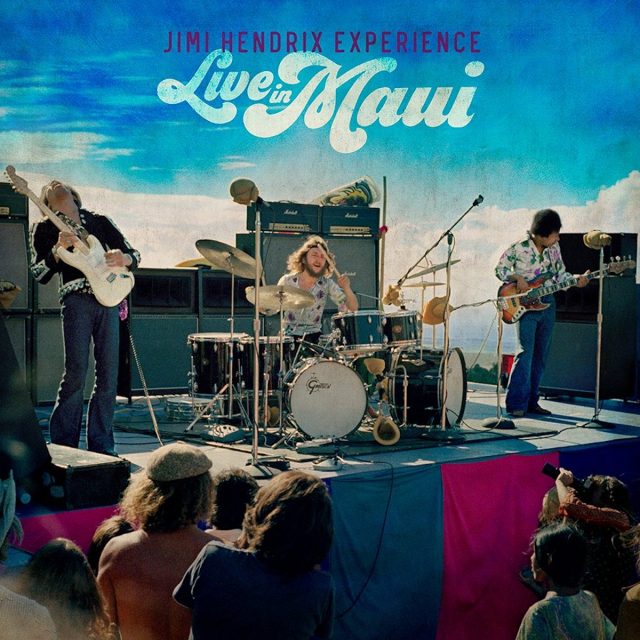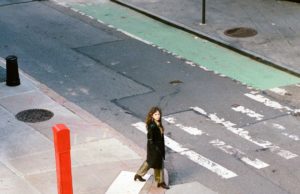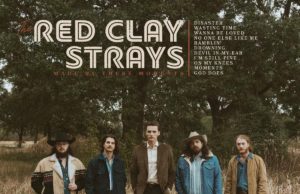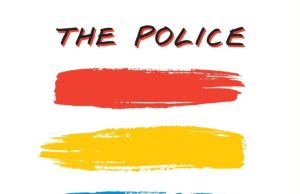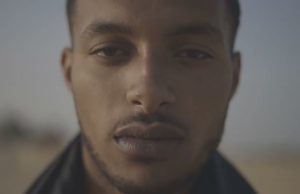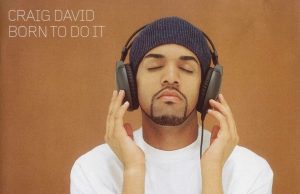THE EDITED PRESS RELEASE: “The new feature-length documentary Music, Money, Madness . . . Jimi Hendrix In Maui — as well as the accompanying album — chronicles the Jimi Hendrix Experience’s storied visit to Maui and how they became ensnared with the ill-fated Rainbow Bridge movie produced by their controversial manager Michael Jeffery.
By the middle of 1970, Jimi Hendrix was working on a followup to Electric Ladyland with his bandmates Mitch Mitchell (drums) and Billy Cox (bass), headlining festivals and arenas across the U.S. and building Electric Lady Studios in Manhattan’s Greenwich Village. Completing this state-of-the-art recording facility was proving to be a costly endeavor, so his manager Michael Jeffery procured a $500,000 advance from Warner Bros. to fund the remaining construction. At those same meetings, Jeffery convinced executives to finance a film called Rainbow Bridge to be shot in Maui, in exchange for rights to a soundtrack of new Hendrix studio recordings.
Inspired by Easy Rider and directed by Warhol acolyte Chuck Wein, Jeffery’s film centered around the idea of a “rainbow bridge” between the unenlightened and enlightened worlds. It was envisioned to feature everything from surfing and yoga to meditation and tai chi, and filmed without a script or professional actors. It proved to be a rambling assemblage of hippie excess and Jeffery grew concerned that his investment was being squandered. The Experience were already booked to perform in Honolulu on Aug. 1, 1970. Wein, desperate to feature Hendrix in some capacity within the film, devised a plan to film a free ‘color/sound vibratory experiment’ on the lower slope of the dormant Haleakala volcano. Word of mouth about a free Jimi Hendrix concert led a few hundred curious Maui locals to a cattle ranch in Olinda, where a makeshift stage was constructed and the audience was arranged by their astrological signs. The performance was a success — the trio were at the height of their powers, and played two sets flawlessly against a stunning natural backdrop.
In the aftermath of his performance on Maui, Hendrix would return to New York and his work at Electric Lady Studios. He had no further involvement in Rainbow Bridge. He left for Europe at the end of August to headline the massive Isle Of Wight festival and begin a European tour. Tragically, he would die in London on Sept. 18, 1970.
The Cry Of Love, the first album of posthumous Jimi Hendrix recordings, was issued in 1971 to wide commercial and critical acclaim. Jeffery readied Rainbow Bridge and its soundtrack to be the next release. Despite its Hendrix association, the film was a commercial flop. Rainbow Bridge confused moviegoers, many of whom were under the impression they were going to see a concert film. A scant 17 minutes of haphazardly edited concert footage was used in the final cut, and it proved to be the film’s saving grace. Due to technical problems inherent in the recording of the Maui performances, Mitch Mitchell had to overdub his drum tracks at Electric Lady Studios in 1971 just so those performances could be featured.
Eddie Kramer recalls, “Mitch did a tremendous amount of work on the overdubs. If he didn’t get it in one take, he certainly did in the second one and I was so blown away by his ability to duplicate the parts he had already played! He was determined to fix what suffered on the recordings due to the 50-mile-an-hour winds because they were playing on the side of a bloody volcano! After Jimi died, it took a while before I was able to go back to the closet with all the tapes. Mitch was a trooper with a can-do British attitude. It’s all very well to overdub drums, but to do it so you can’t tell, that’s the magic. He knew the material extremely well and it’s a tribute to his sensitivity as a great musician and an equal and willing partner of Jimi’s.”
The posthumously released Rainbow Bridge soundtrack album, prepared by Mitchell, Kramer and John Jansen, was first rate, with classics such as Dolly Dagger and Hey Baby (New Rising Sun). The album, however, did not include audio from the Maui concert, which may have added to consumer confusion.
Directed by John McDermott and produced by Janie Hendrix, George Scott and McDermott, Music, Money, Madness . . . Jimi Hendrix In Maui incorporates unreleased original footage and new interviews with firsthand participants and key players such as Cox, Kramer, Warner Bros. executives and several Rainbow Bridge cast members, as well as director Wein. Their fascinating account tells the definitive story about one of the most controversial independent films ever made. The documentary sets the proverbial stage for Live In Maui — the two full Jimi Hendrix Experience sets, including breathtaking renditions of crowd favorites like Foxey Lady, Purple Haze and Voodoo Child (Slight Return), as well as then-unreleased songs like Dolly Dagger and Freedom that showcased the new direction Hendrix was moving toward.
“Jimi loved adventure and there was certainly no shortage of it during his time in Hawaii, a place he also loved,” said Janie Hendrix. “The backstory of Rainbow Bridge and these recordings paint a picture of Jimi’s uncanny ability to turn the bizarre into something amazing! We’re excited about this release because it gives the world a closer look at Jimi’s genius.”


